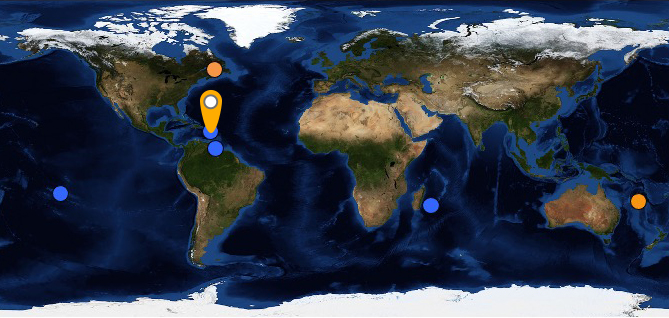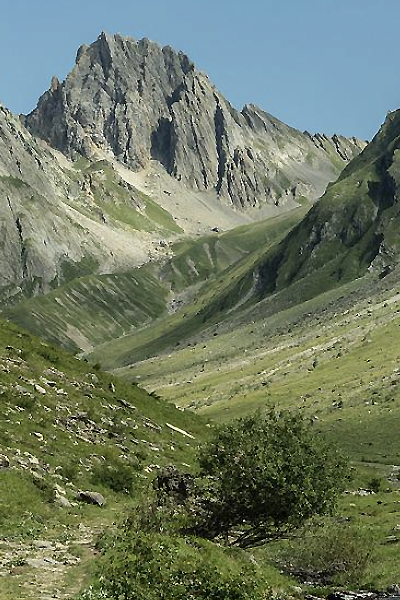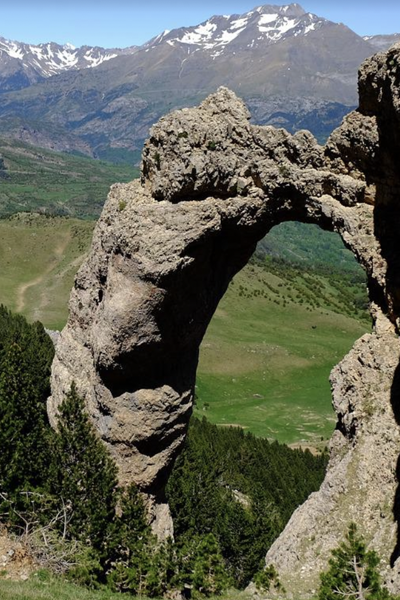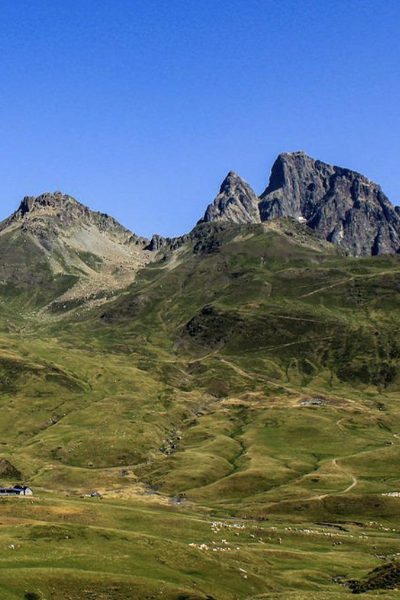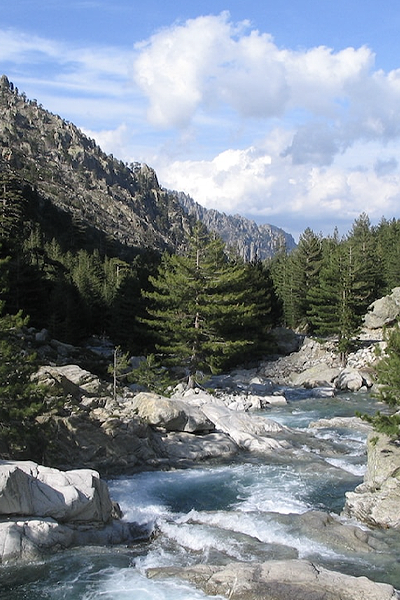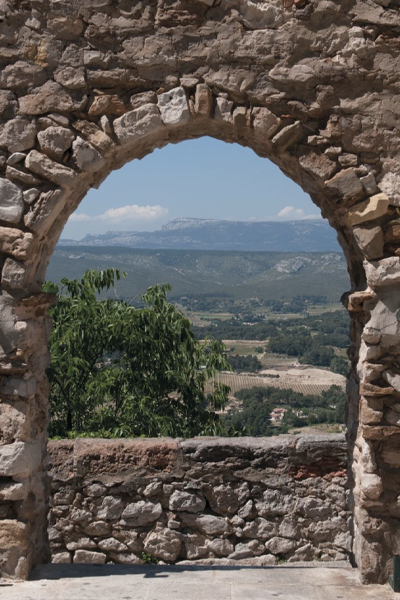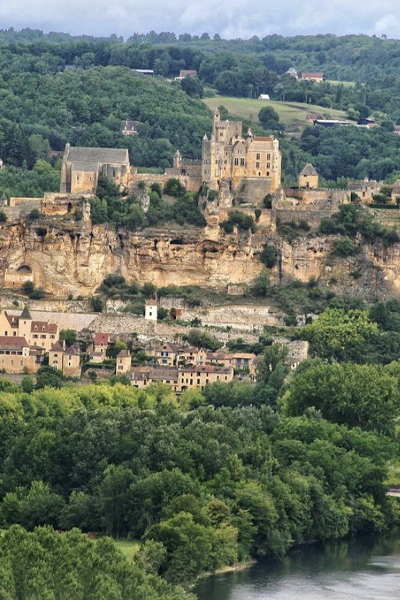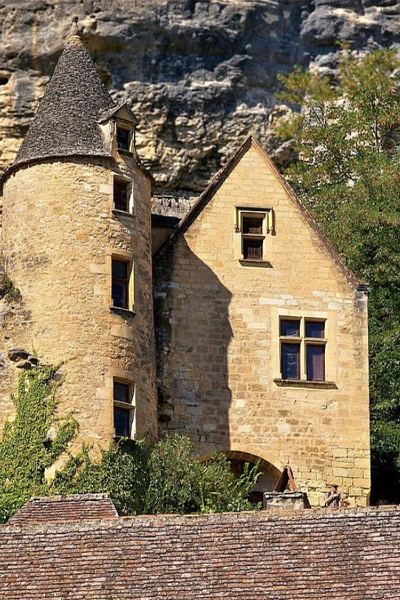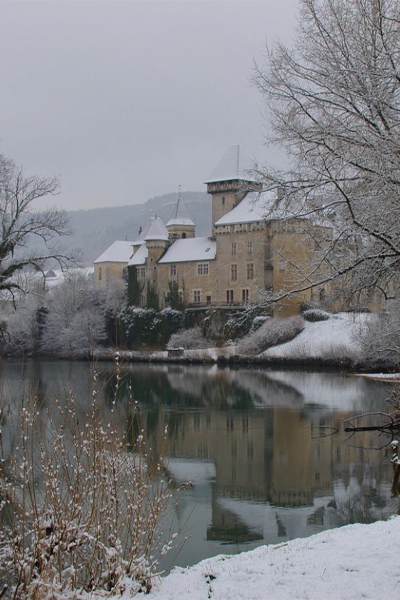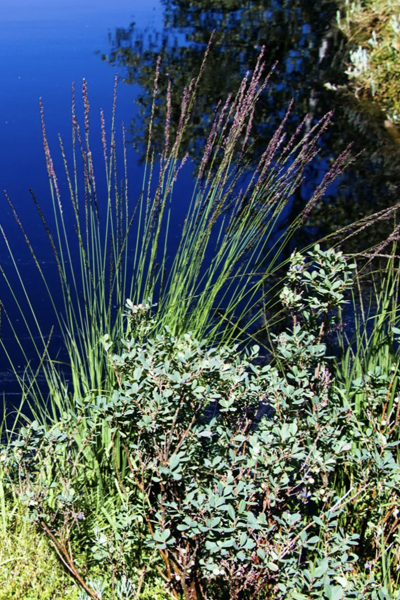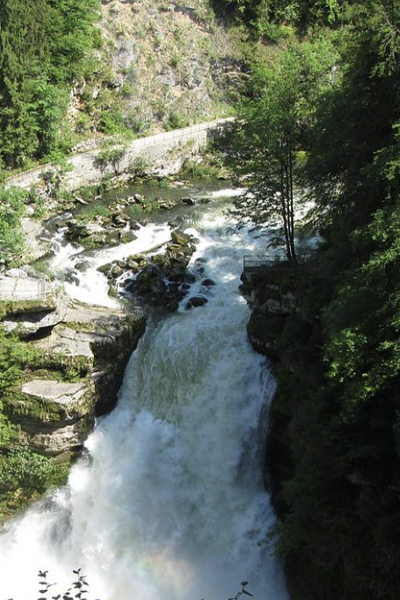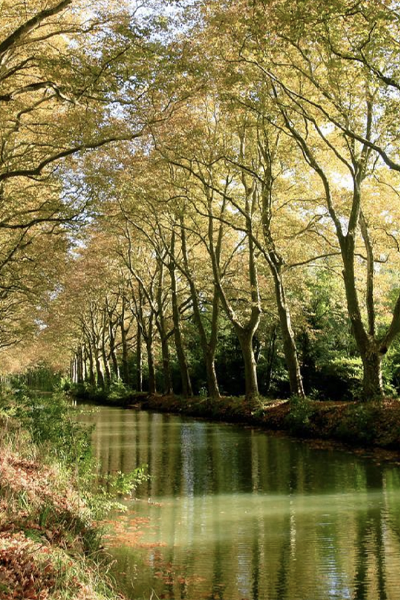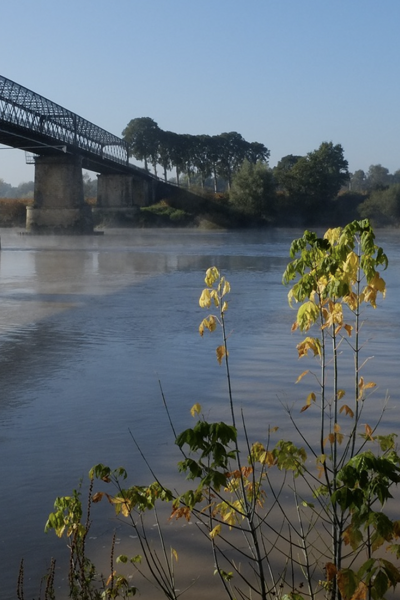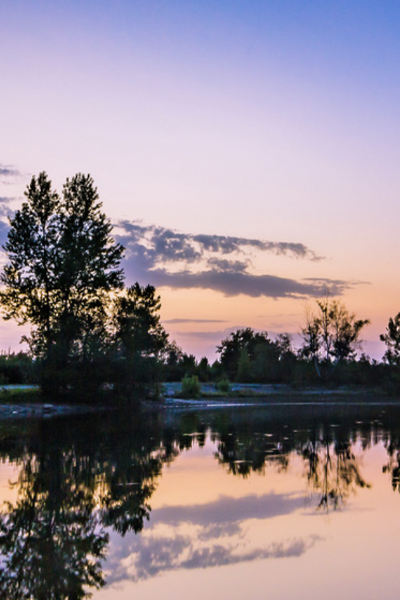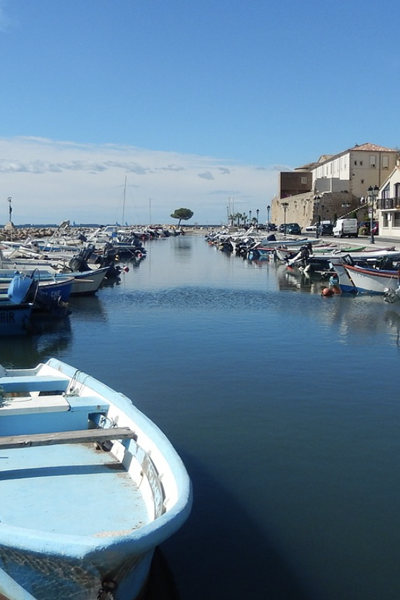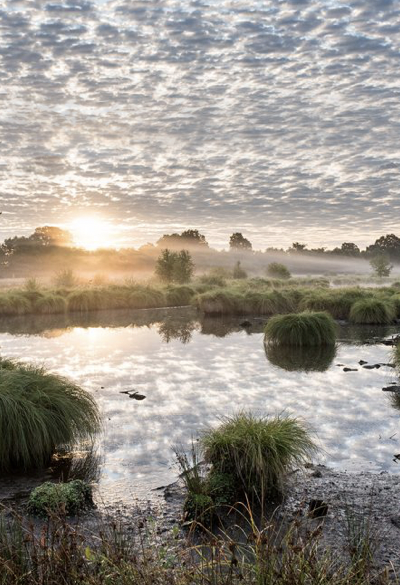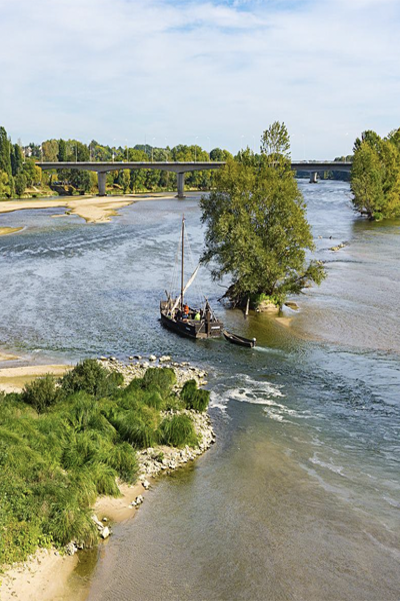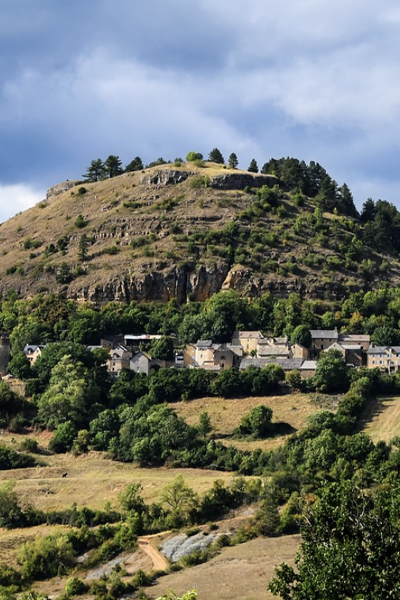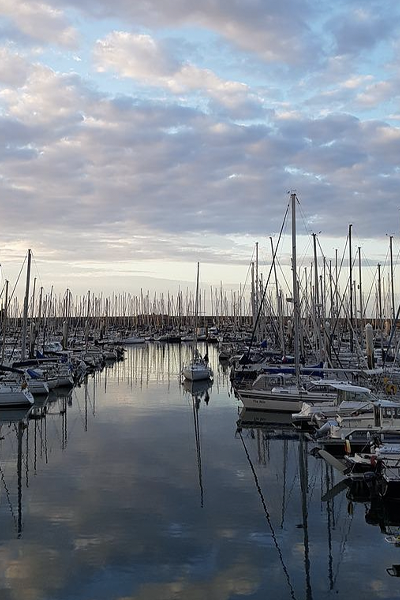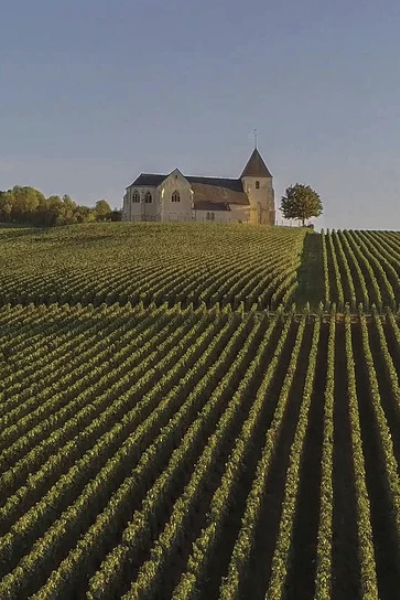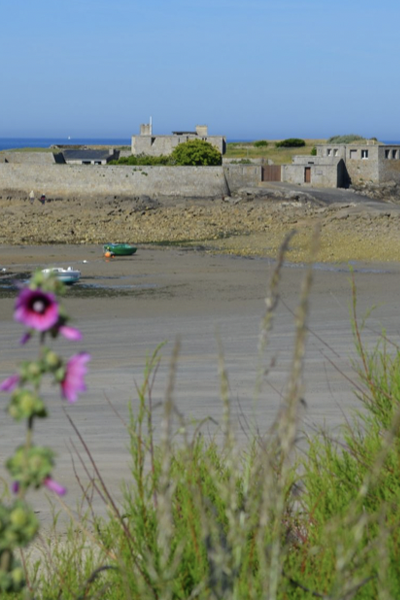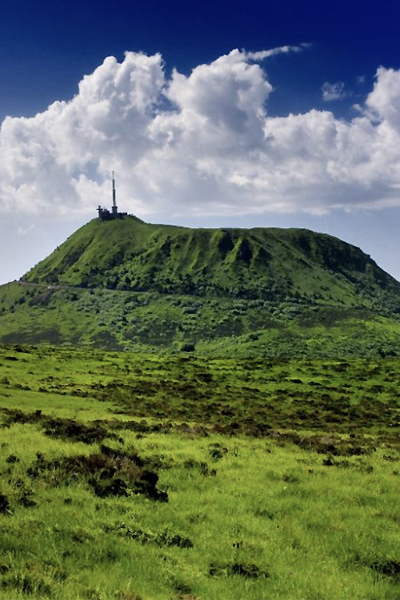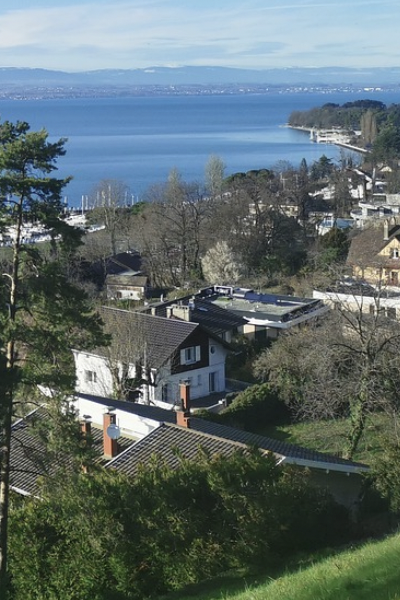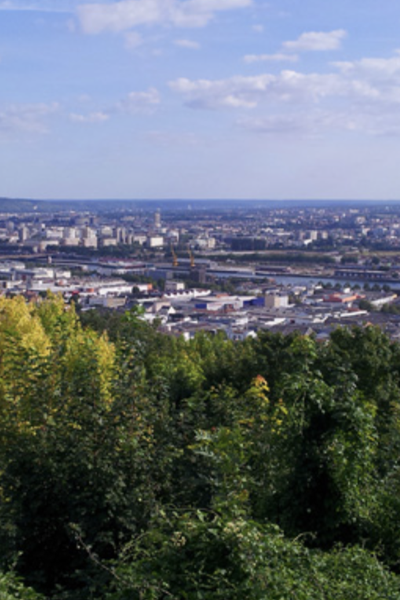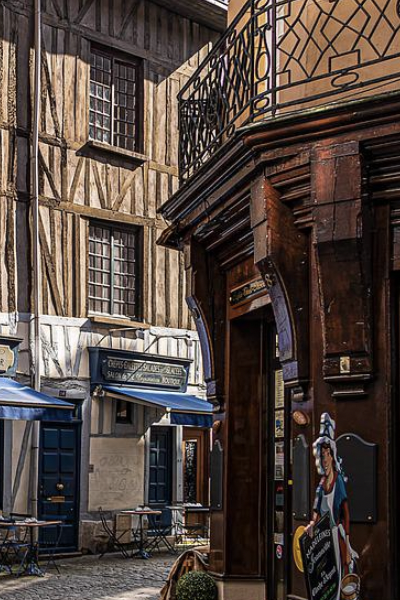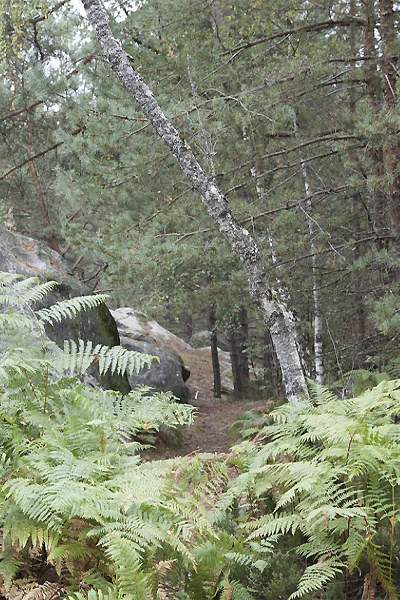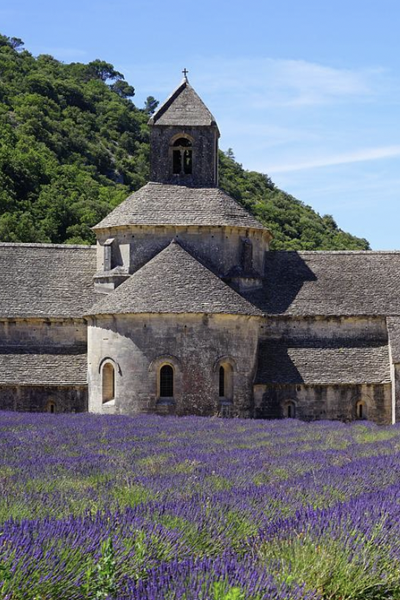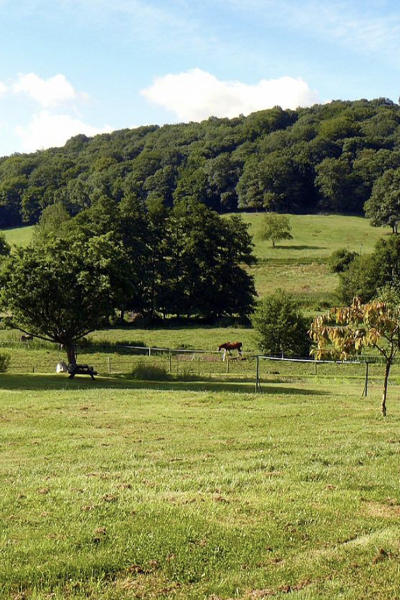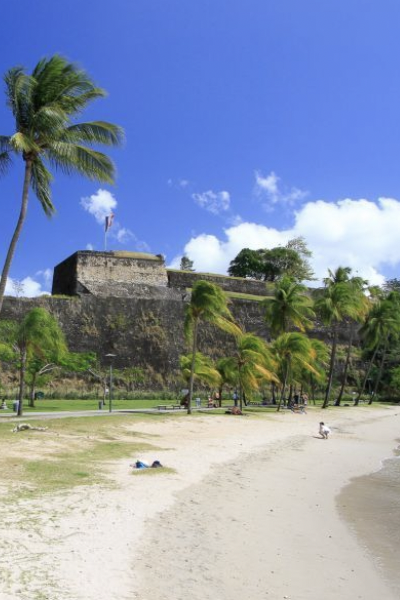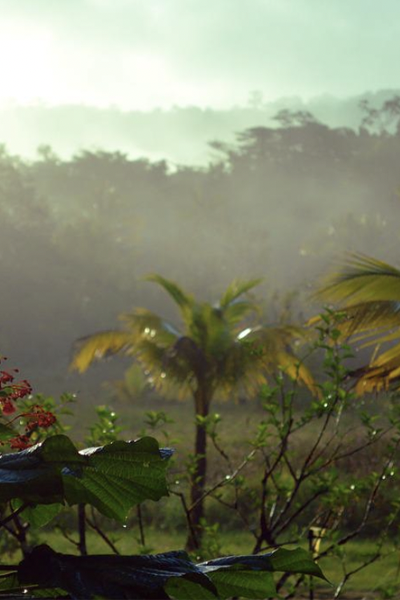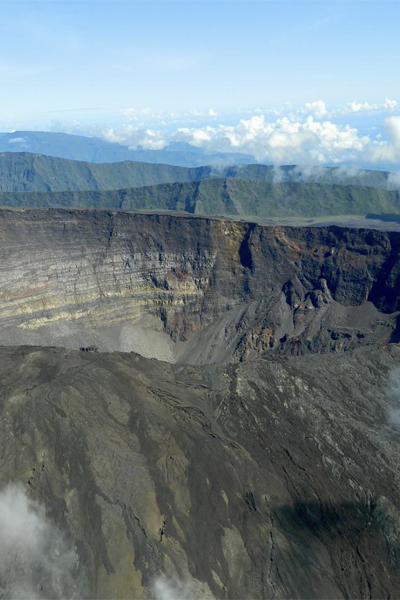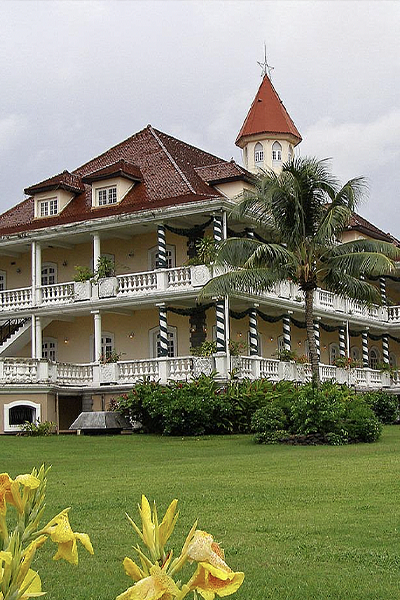
Martinique has a tropical climate divided into two major seasons: (i) a dry season (or "carême") from February to April, when the weather is generally sunny and dry, and (ii) a wet season (or "hivernage") from July to November, when the weather is generally rainy. It is during this rainy season that disturbances or tropical waves generated in the Atlantic Ocean can develop into low-pressure areas, storms or sometimes hurricanes if the requisite conditions are met.
Martinique has a highly differentiated climate according to zone. The heaviest rainfall is concentrated around the Montagne Pelée and Pitons du Carbet ranges, giving rise to extensive rainforests. The driest areas are found in the southern half of the island and on the Caravelle peninsula, characterised by a radical change in vegetation, culminating in xerophilous forests including certain cactus species.
In this generally tropical climate, the weathering of volcanic rocks and intense rainfall can cause both landslides and flash floods.
Montagne Pelée and the Pitons du Carbet, reaching heights of 1,397 and 1,197 metres respectively, are vital for biodiversity and the supply of drinking water in Martinique. A total of 20 surface water intakes, several boreholes and 4 springs from local rivers and aquifers are concentrated in the northern part of the island, supplying the entire population.

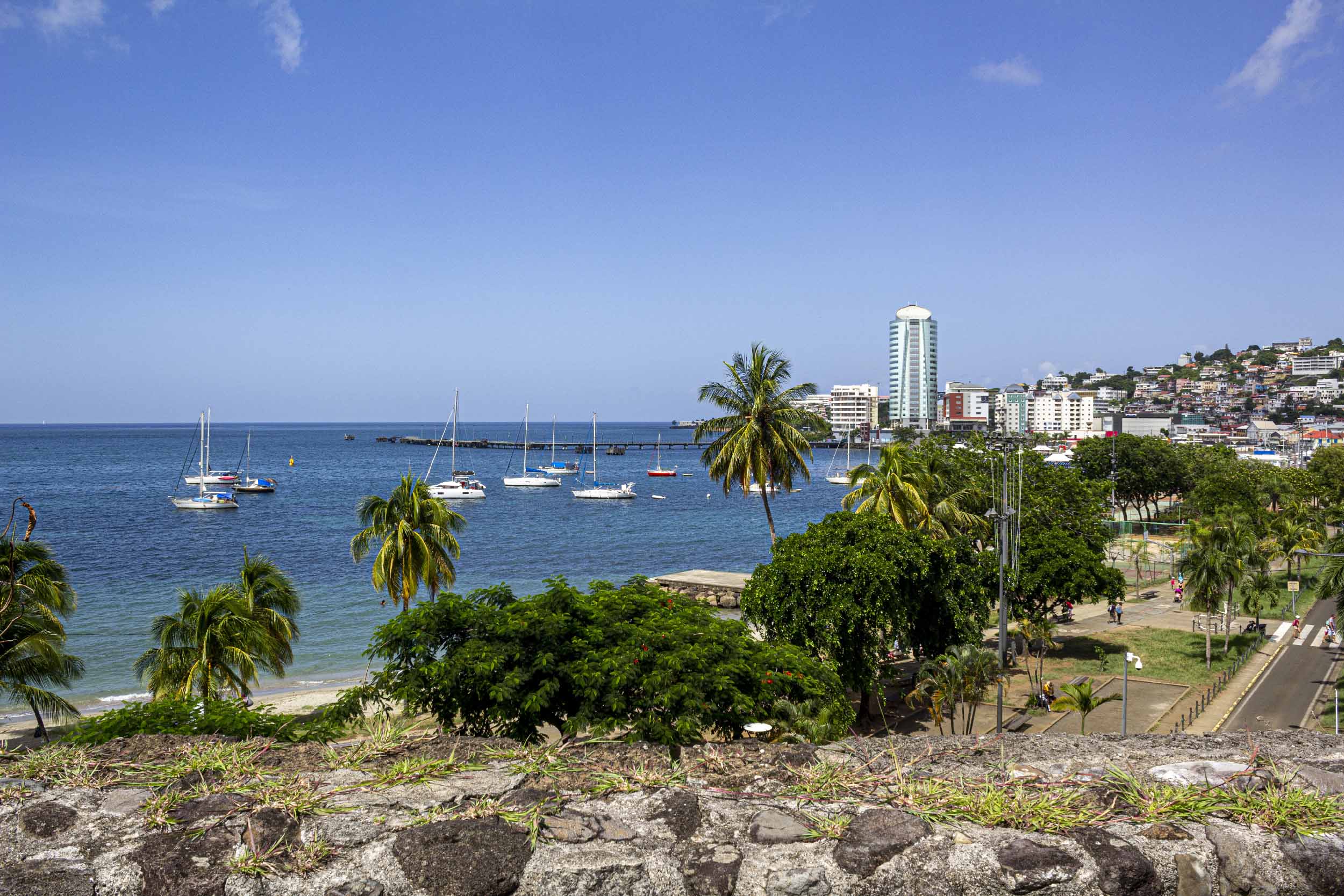

The particular climate of Fort-de-France
The city of Fort-de-France itself has a fairly heterogeneous climate, being located between the Caribbean Sea, the Fort-de-France Bay and the slopes of the Pitons du Carbet. Some of the more elevated districts, such as Balata, Tivoli, La Redoute, La Médaille and Haut-Didier, benefit from more regular and sustained winds and heavier rainfall, having a major impact on the vegetation. Conversely, the city centre and eastern districts experience less sustained winds

Presentation of the Martinique station
Since February 2021, this RENOIR station has been operated by BRGM at the Pointe des Nègres, situated at the edge of the Caribbean Sea. This point closes off the northern end of the Bay of Fort-de-France, benefiting from an intermediate climate and moderate rainfall over the Pitons du Carbet massif.
Latitude
Longitude
Altitude
